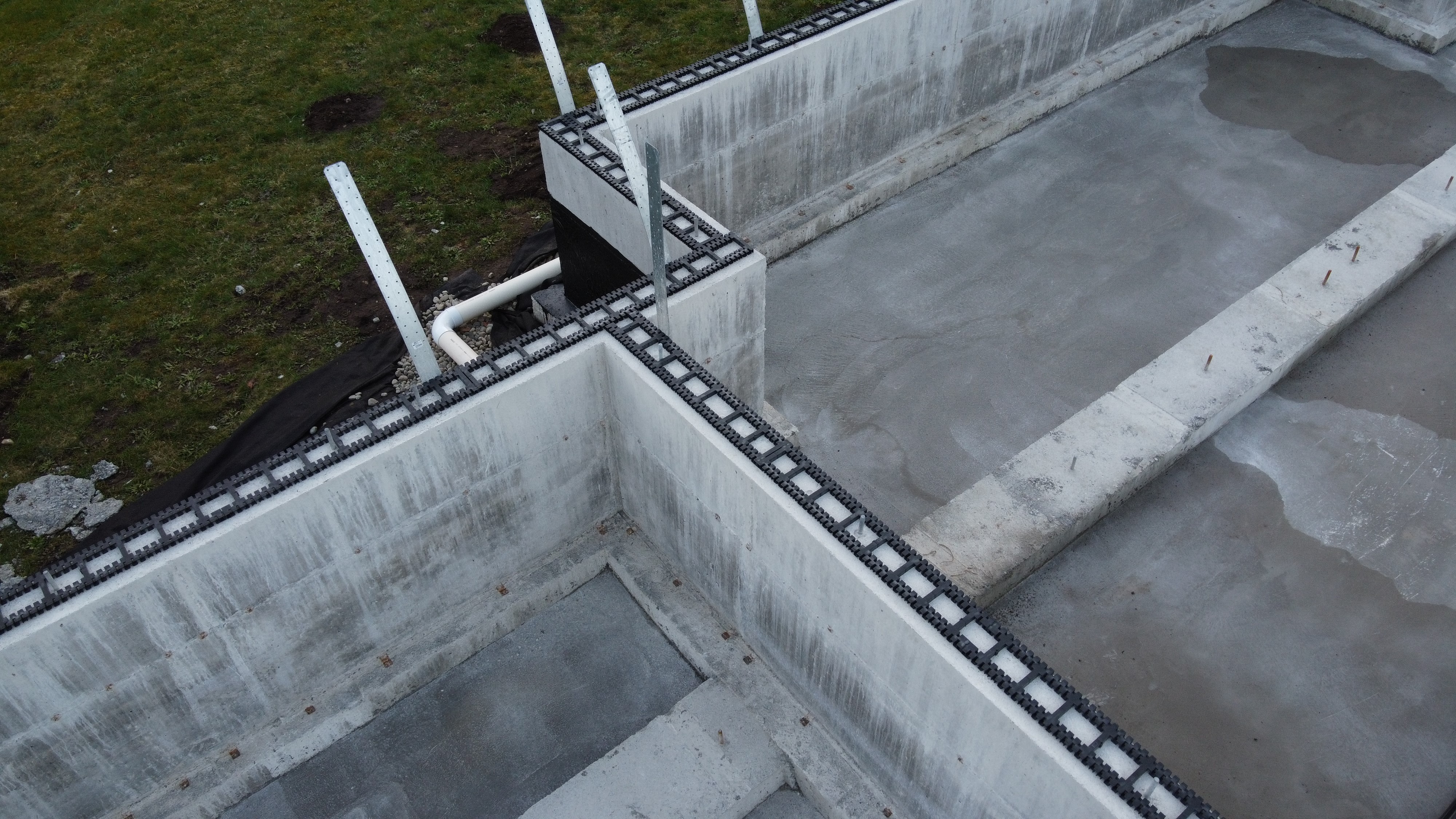
Q: I’m building a crawl space foundation for a small add-on to my home and was told I’d have to ventilate it. Since it is mostly dirt and concrete, is venting it really that important? What are my options?
A: Yes, having proper ventilation in your crawl space is critical for the health of your home, and building codes actually require it for any inhabited structure. There are a few different ventilation methods, and choosing the right one is key to a longer-lasting and better-looking home.
Without proper ventilation, the structural wooden frame can develop mold or rot, inevitably leading to costly repairs. On top of that, any mold in the crawl space will eventually find its way into the structure, exposing you to health risks such as eye, throat and nose irritation, chronic fatigue and headaches.
Due to these health risks, the law requires a certain ratio of ventilation per square foot of crawl space. In most places, you need 1 square foot of ventilation for every 150 square feet of crawl space, but in Washington state, that’s been revised to 1e square foot for every 300 square feet. On top of that, you can use a specialized vapor barrier that will allow you to increase the ratio to 1 square foot for every 1,500 square feet — this may be ideal for your project.
Floodplains, groundwater and radon areas can always complicate things, however, so be sure to check with your engineer and inspector.
In the Seattle area, crawl space foundations are very common because we like to build on hills and because it makes it easier to access utilities. In fact, use of crawl space foundations has increased over the last couple of years, comprising nearly half of foundations in single-family residences in Washington state.
There are three avenues for properly ventilating your crawl space:
Vent boxes. This “brute force” method involves cutting holes into the foundation wall or rim joist and installing a screen to funnel air into the crawl space. While it tends to leave some dead air pockets and doesn’t look great (building codes generally prevent placing all of the boxes on one side of the structure), this is the most common method because it’s the quickest, easiest and most inexpensive choice. Plus, you can always hide the vents with strategic landscaping.
Perimeter foundation vents. Made with a composite material, these sit between the foundation and the base of the wall of the structure, providing airflow to every corner of the crawl space. These vents often come with separate flashing that acts both as a bug screen and rain guard. Because it sits higher on top of the foundation, you don’t need to make cuts and can avoid grade issues, and it’s essentially invisible from the exterior. This method — used in many custom structures — is effective but more expensive.
Mechanical exhaust. Unlike the previous two options, this type of crawl space is sealed off from the outside and mechanically vented to create air exchange. Having a machine always running may not be ideal, but this is the most preferred method in regions with high humidity due to its slower air-drying times.
A healthy crawl space is key to preventing potential structural issues and health risks in any home. You can make this easier and avoid maintenance down the line by choosing the vent system best suited to your home.
Alex Wallace is marketing manager at Joto Vent System USA, a member of the Master Builders Association of King and Snohomish Counties (MBAKS). If you have a home improvement, remodeling or residential homebuilding question you’d like answered by one of the MBAKS’s more than 2,700 members, write to homework@mbaks.com.